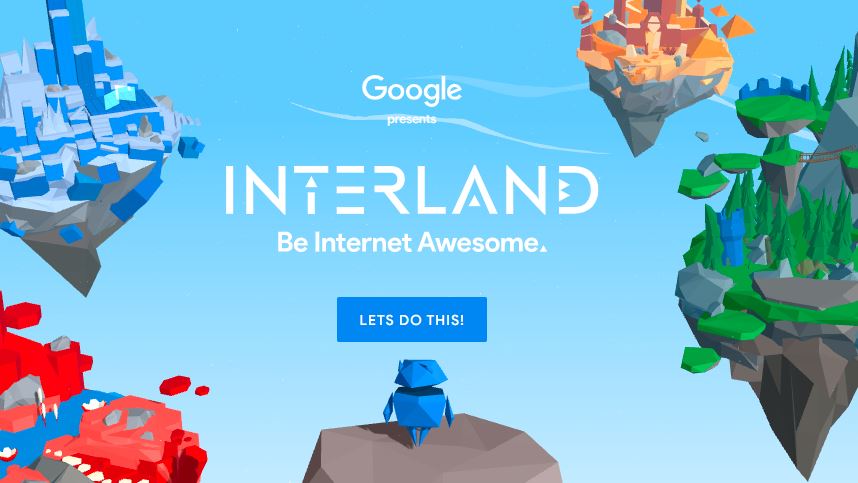Since class last week I’ve been left wondering a few questions about my student’s online presence and my own kids for the matter.
- How much time do you spend online in a day?
- What activities are you spending your time on?
 So I polled my students. Was I shocked by their answers when asked in class, not really, but I was a little taken back at the sheer amount of time some of them were spending online. Some students were spending upwards of 5-6 hours when they got home, being “online.” For the most part, it was all entertainment related. Youtube, Netflix, watching reels (who hasn’t got sucked into losing an hour of their life for no reason at all?), and gaming were at the top of the list. Then came different social media channels such as Snapchat and Instagram. A few were continuing to work on coding projects they had been building during coding club at school.
So I polled my students. Was I shocked by their answers when asked in class, not really, but I was a little taken back at the sheer amount of time some of them were spending online. Some students were spending upwards of 5-6 hours when they got home, being “online.” For the most part, it was all entertainment related. Youtube, Netflix, watching reels (who hasn’t got sucked into losing an hour of their life for no reason at all?), and gaming were at the top of the list. Then came different social media channels such as Snapchat and Instagram. A few were continuing to work on coding projects they had been building during coding club at school.
So What? They spend time online.
My question from all of this would be then, at what age is it appropriate for children to start developing an online presence? I think of my own two kids and when they were handed over their own technology for the first time. At the time, iPads were all the rage but come on, I’m not about to give my children something worth that much money (they tend to break things), and there it was, the Amazon Fire Tablets. They were ages 4 and 7 at the time. Soon they wanted things like Messenger Kids, so they could connect to their friends, and apps downloaded to play games on. Was it worth it? The car rides with no fighting, being able to call distant family members with video chats and making them be responsible for something of their own, were all benefits. A couple months in we had to intervene and put down more clear rules about use of the tech, hours of use, and so on. Fast forward 4 ½ years and three new replacement Fires and we are back at square one again, this time with cell phones.
Since moving from a K-12 school to an Elementary setting they way I look at digital citizenship and teaching it in my classroom has drastically changed. The students I’m teaching are quite like my own two children. So, what do they need to be made aware of as they continue to develop their own online presence?
First thing we always discuss is online safety. What information should they be sharing and with who. What sites and apps are safe to use, and how to properly navigate them.
 Secondly, we need to educate them on being a responsible citizen online as well as in the classroom and community. As an educator, it is important to teach students that having online presence also carries responsibility and accountability for what is said and posted online. Being kind online with comments, liking and celebrating others posts, shows an ability to foster and build relationships with one another. Creating an online community can help students build their self-esteem and allow them to connect with other people who share similar interests.
Secondly, we need to educate them on being a responsible citizen online as well as in the classroom and community. As an educator, it is important to teach students that having online presence also carries responsibility and accountability for what is said and posted online. Being kind online with comments, liking and celebrating others posts, shows an ability to foster and build relationships with one another. Creating an online community can help students build their self-esteem and allow them to connect with other people who share similar interests.
Lastly, I always remind my students to treat one another how they would like to be treated. In a small community, relationships don’t always come easy for all students. Your actions and words used can either have a positive or negative impact on others. Once it is posted online, it’s only one screenshot away from being permanent.
A great resource to use in your classrooms to teach digital safety is a Google program called Be Internet Awesome.
It has a full curriculum to follow with appropriately level graded content and an interactive game for students to play called Interland. The game takes the students through a series levels: Kind Kingdom, Tower of Treasure, Mindful Mountain, and Reality River.

Screenshot of Game.
What tools have you found to be beneficial in your classrooms when teaching Digital Citizenship to your students?

Hey Graeme — loved the “Be Internet Awesome” video. I had to laugh because some of the questions the students were asked — about the winning a million, for example – felt like the same questions I had to ask my 93 year old grandma a couple of weeks when she told me she had been hacked because her Facebook didn’t work and she had “lost Google.” But I love love the idea of the Interland game – what better way to engage kids in learning about digital citizenship that to use tech and to make it a game? So creative! Also, this was an engaging read – love your writing style!
Interland is super cool. I stayed at a hotel in Canmore and they had a computer in the lobby for kids to use and one of the few sites it seemed to be able to access was the Interland game. A group of 9 year old hockey players playing together was an interesting site. Thanks for the comment.
The irony is deep – apps and tech created to make things more simple, from tasks to curing boredom, yet the risks could be far more complicated than in the past. I guess it is all relative. Safety first, fun… sometime later on! Thanks for sharing Graeme!